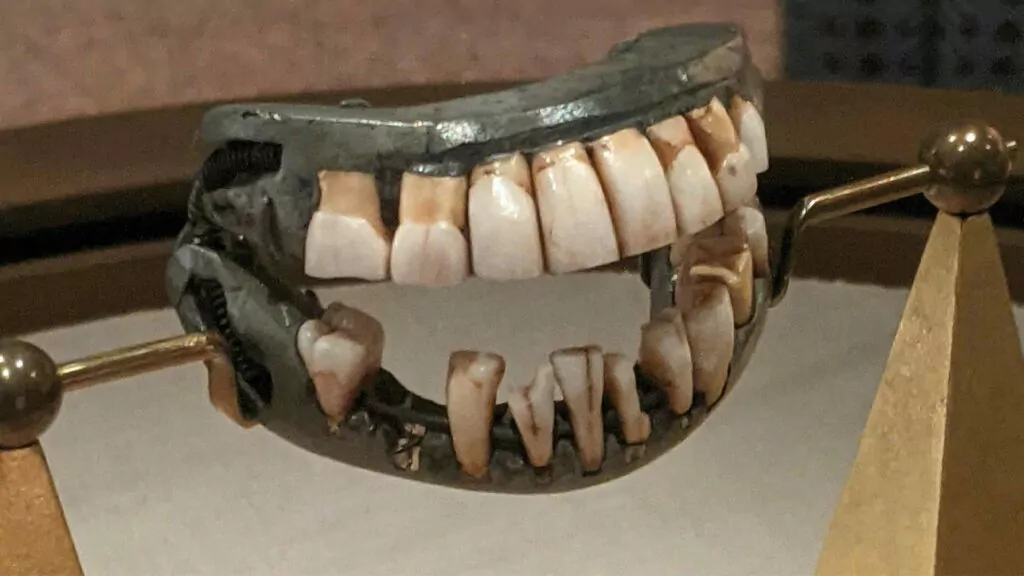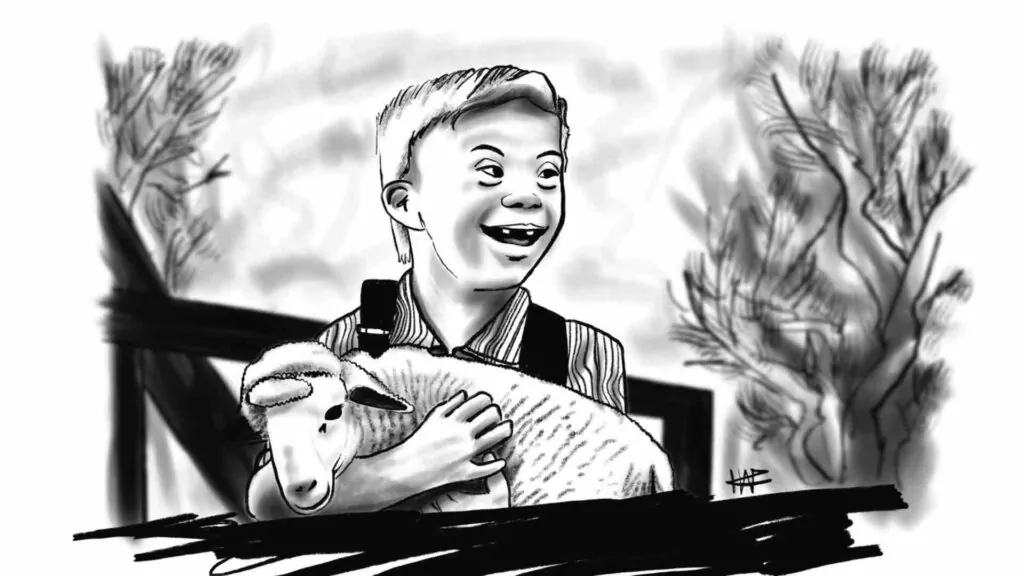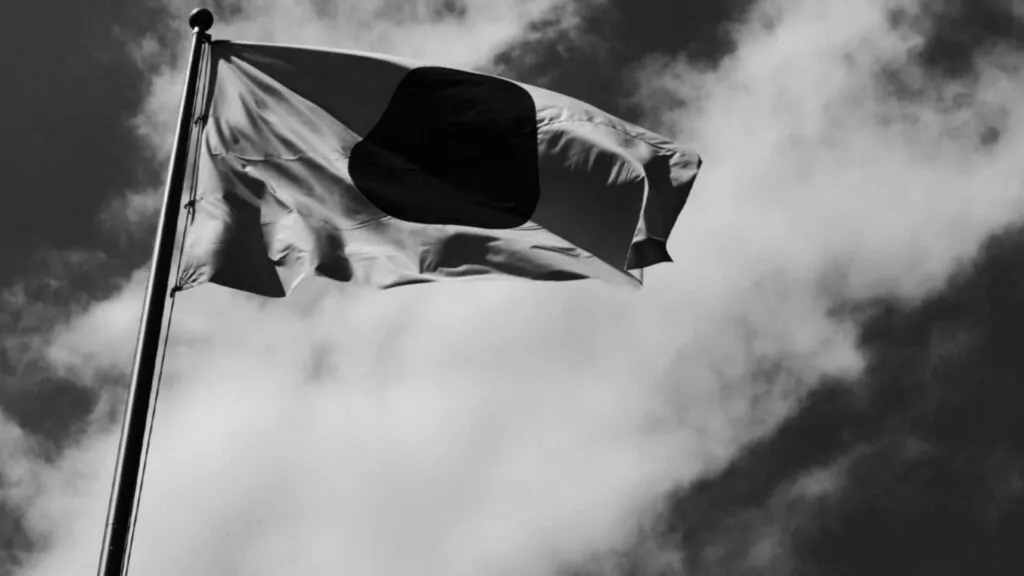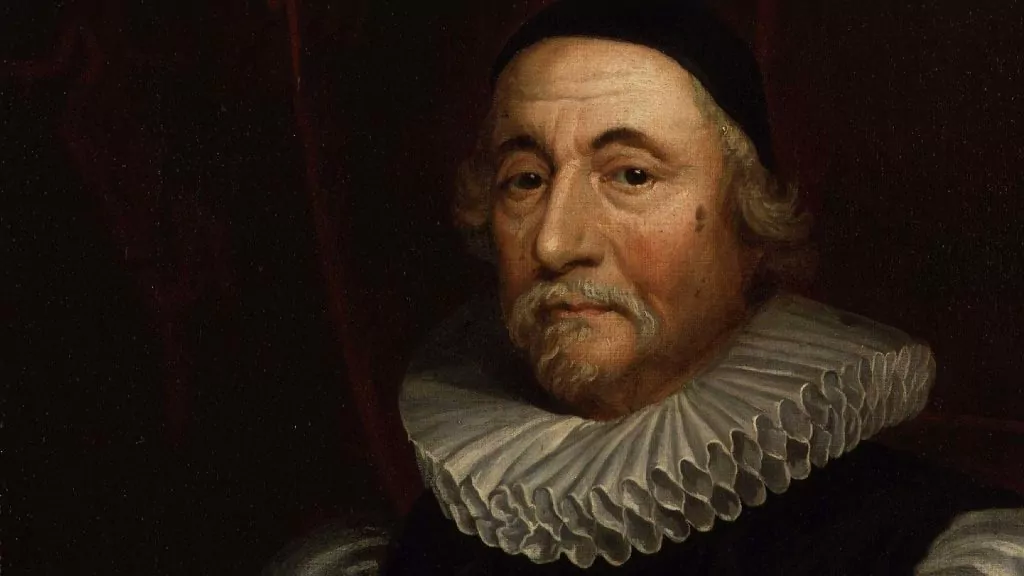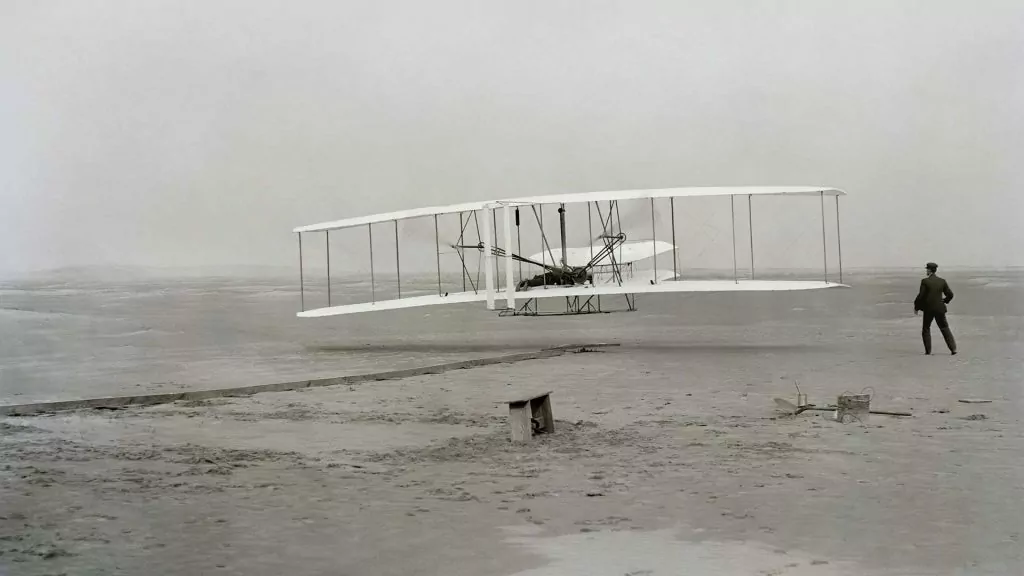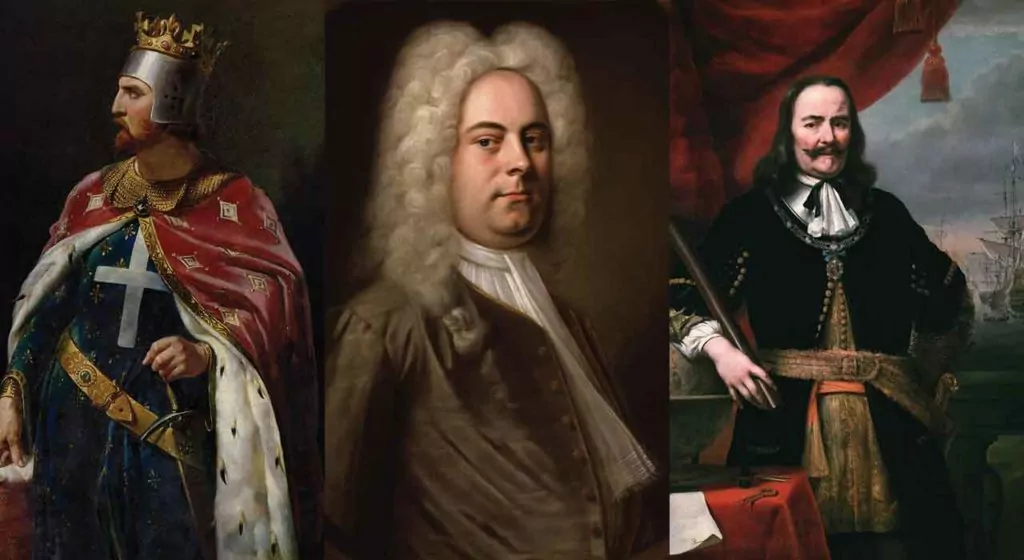
Amazing stories from times past
On conmen and other masters of deceit
God made man upright, but they have sought out many devices (Eccl. 7:29)
There are vagabonds and there are villains; there are crooks and there are victims; and sin and temptation are present in the hearts of all.
Listen to the story of a man who stood behind an old woman just ahead of him at the checkout counter at his local supermarket. The woman was crying. She was well-dressed, although a bit on the shabby side. He tried not to pay attention but could not help but notice that she was in distress. Eventually compassion overcame him and he spoke to her, tapping her on the shoulder: "What is the matter? Can I help you?"
She turned to face him, looking surprised, tears visible on her wrinkled face. "Oh, I'm sorry to have disturbed you," her voice, soft and genteel, awoke more pity in his heart, "I've recently lost my son. He died last month."
"Oh, I'm so sorry," the man murmured.
"The truth is," the woman continued softly, "that he worked here." She stopped to blow her nose, and the man thought of his own mother. "He worked here," the shaking voice went on, "and I would see him every time I bought my groceries."
"It must be quite painful for you," the man replied, overcome with sympathy.
"The most difficult thing," the bereft woman added, "is remembering that he would always wave to me after my groceries were packed and when I reached the door with my cart he'd say, 'Bye, Mom. See you soon.'"
She bent her head and two tears rolled down her cheeks before she looked up at him again. "I don't suppose," she said tremulously, "that you would say, 'Bye, Mom', and wave to me after my groceries are packed and I reach the door, just to help me this first time?"
"Of course, I will," the man agreed instantly.
The woman's turn at the checkout arrived. The bus-boy packed her things and wheeled her cart to the door. At the door she turned and looked the man in the eye. He waved to her with his right hand and called out loudly, "Bye Mom. See you soon."
This single act made him feel good inside and a bit emotional. He began unpacking his own items, placing them on the counter, and thought about how he should call up his own mother that very evening to ask how she was doing. Lost in thought, he was startled when the checkout girl told him the bill was more than $300 dollars.
"You must be wrong," he said, "I didn't buy that much."
"Oh, but your mother did," she responded with a smile, and instantly he knew he'd been had.
Yes, there are crooks and there are victims, and evil resides in the hearts of all of us. When we hear questions like, "How do you keep from getting parking tickets?" and laugh at the answer "By removing your wipers," that is because there is something within us which resonates with getting the better of someone.
A master of deceit
One of the most infamous masters of deceit and trickery was a man by the name of Victor Lustig. Born in 1890 in Bohemia, now known as the Czech Republic, Victor was gifted with a brilliant mind. Part of an upper-middle class family, his father was the mayor of a small town, so small Viktor's future was, humanly speaking, rather secure. In school he studied languages, easily becoming fluent in Czech, German, English, French and Italian. Victor could have used these talents to become a wonderful teacher or diplomat. Instead, he opted for gambling, turning his abilities to billiards, poker and bridge. In his early twenties he went on pleasure cruises and cheated many gullible, wealthy people out of their money. However, when World War I put a stop to these cruises, he headed for the US. Giving himself the title of "Count," his devious mind conned many in the States out of huge sums of cash (including the gangster Al Capone).
The story that really put the native born Czechoslovakian in the news occurred in 1925 when he was 35 years old. Lustig was in Paris at this time and he read in the newspaper that the Eiffel Tower was in great need of repair. The cost of fixing the monumental fixture seemed rather prohibitive. There was even a brief footnote in the article which mentioned that the French government was considering scrapping the tower as it might be cheaper for them to tear it down than to repair it.
Upon finishing the article, Lustig's fertile and calculating mind literally saw huge sums of money floating by. His connections with other nefarious characters enabled him to acquire official French government letterhead giving himself the title of "Deputy Director-General of the Ministry of Mail and Telegraphs." He typed up letters in which he said that he had the authority to sell the 7,000 ton steel structure to the highest bidder and sent this letter to five leading scrap metal dealers in the city. He instructed the recipients of the letter to keep the matter secret as the public would most likely be upset about the demolition of such a landmark. All five scrap metal dealers showed up and Lustig carefully picked the one most apt to be his patsy: a man by the name of Monsieur Poisson. Poisson gladly paid a handsome amount of money for the privilege of obtaining the contract, and upon receiving it Lustig quickly retreated to Austria. Hearing no news of the swindle, he concluded that Poisson had been too embarrassed to have told anyone. Boldly Lustig returned to Paris and tried to sell the Eiffel Tower a second time. This time, however, the police were made aware of the swindle. The conman barely eluded authorities and was forced to flee to America.
Ten years later, in 1935, after having flooded the US with counterfeit bills, and having cheated many more people, the Secret Service finally caught up with Lustig. They reacted to an anonymous phone call made by his mistress who was jealous because Victor was cheating on her. He was arrested and sentenced to twenty years in Alcatraz. Although he initially escaped from jail, he was re-apprehended and spent the next twelve years behind bars.
A set of tips, known as the "Ten Commandments for Conmen," are attributed to Lustig. They are:
1. Be a patient listener (it is this, not fast talking, that gets a conman his coups)
2. Never look bored
3. Wait for the other person to reveal any political opinions; then agree with him
4. Let the other person reveal religious views; then have the same ones
5. Hint at sex talk, but don't follow it up unless the other person shows a strong interest
6. Never discuss illness, unless some special concern is shown
7. Never pry into a person's personal circumstances (they'll tell you eventually);
8. Never boast - just let your importance be quietly obvious
9. Never be untidy
10. Never get drunk
There is accounting
In 1947 Victor Lustig contracted pneumonia and died after a two-day illness. His last enemy, death, was not to be conned out of its prey. Having shunned God's commandments, and the One Who kept them perfectly, he had no place to hide. Although proficient in languages, he was forced to clap his hand over his mouth.
Perhaps our lives do not compare with Viktor Lustig's life; perhaps our deeds shine when we hold them up next to his obvious deceitfulness; but we do well to remember that we ought to
...fear God, and keep His commandments; for this is the whole duty of man. For God will bring every deed into judgment, with every secret thing, whether good or evil. – Ecclesiastes 12:13-14
This article was first published in July/August 2014 issue under the title "Many Devices."





